Pictures from the Elektro-L No.1 Russian weather satellite of Earth are the highest-detail images yet, and come in at 121 megapixels. The color scheme comes from the image capture method, which combines data from three visible and one infrared wavelengths of light when it takes full-sized images of Earth every 30 minutes.
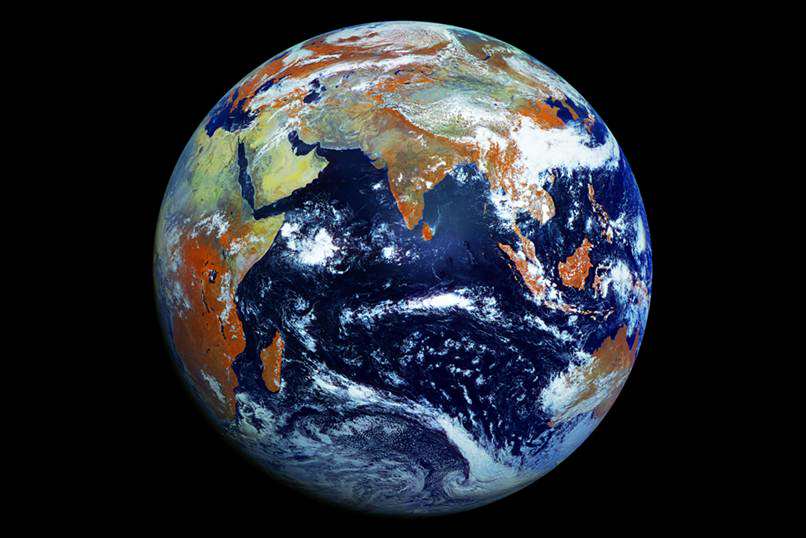
There’s been a long history of NASA-provided “Blue Marble” images of Earth, but now we’re getting a different perspective thanks to photos taken by the Elektro-L No.1 Russian weather satellite. Unlike NASA’s pictures, this satellite produces 121-megapixel images that capture the Earth in one shot instead of a collection of pictures from multiple flybys stitched together. The result is the highest-resolution single picture of Earth yet. The image certainly looks different than what we’re used to seeing, and that’s because the sensor aboard the weather satellite combines data from three visible and one infrared wavelengths of light, a method that turns vegetation into the rust color that dominates the shot.
An educator named James Drake obtained over 350 full-resolution photos from the NTs OMZ (Russian Research Center for Earth Operative Monitoring), and used them to make several videos showcasing a day in the life of Earth. The satellite takes a full image of Earth from its stationary point over 35,000 kilometers above the Indian Ocean every 30 minutes, providing the material for the video below. The images have a resolution of one kilometer per pixel, and the one you see above was taken on May 14, 2011. Be sure to check a zoomable version of the image here to see the detail for yourself and be reminded of just how tiny we really are.
VIA: CNET and Gizmodo
SOURCE: Planet Earth (James Drake)

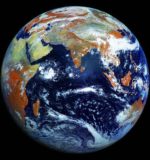
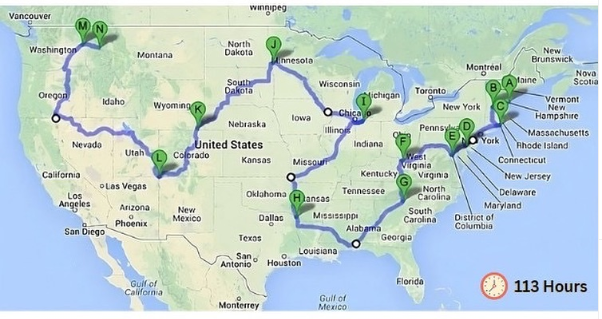

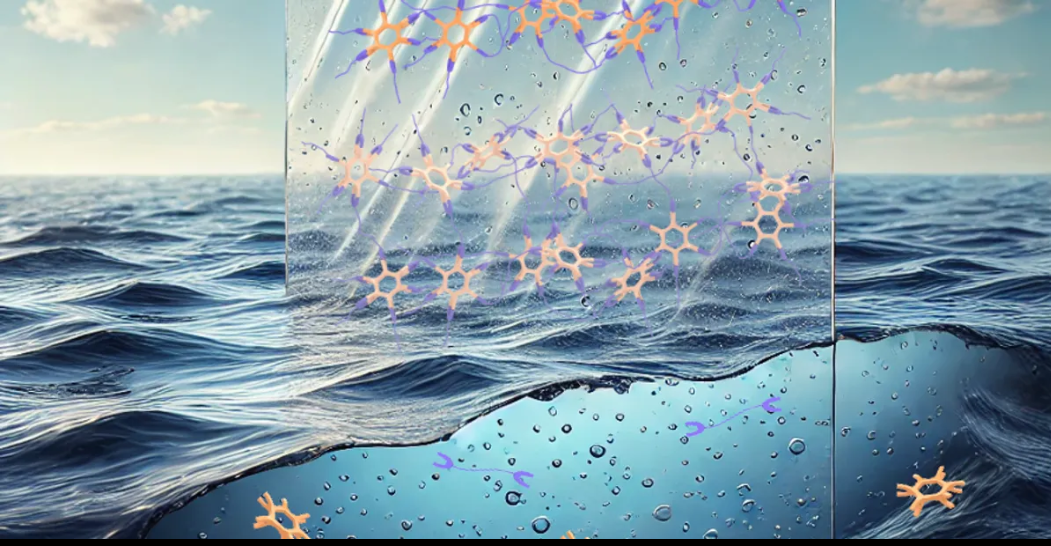
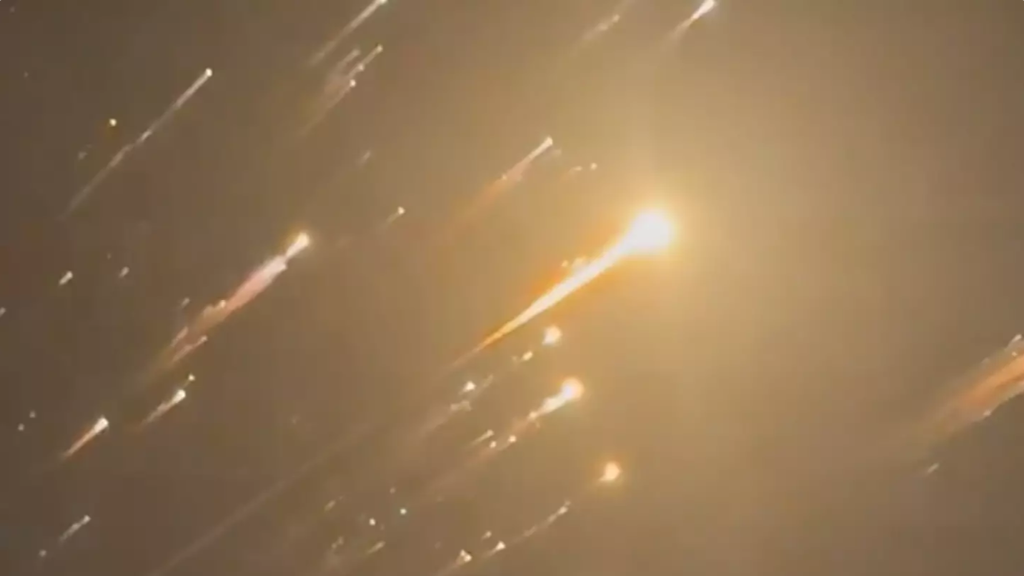


 Photographer Finds Locations Of 1960s Postcards To See How They Look Today, And The Difference Is Unbelievable
Photographer Finds Locations Of 1960s Postcards To See How They Look Today, And The Difference Is Unbelievable  Hij zet 3 IKEA kastjes tegen elkaar aan en maakt dit voor zijn vrouw…Wat een gaaf resultaat!!
Hij zet 3 IKEA kastjes tegen elkaar aan en maakt dit voor zijn vrouw…Wat een gaaf resultaat!!  Scientists Discover 512-Year-Old Shark, Which Would Be The Oldest Living Vertebrate On The Planet
Scientists Discover 512-Year-Old Shark, Which Would Be The Oldest Living Vertebrate On The Planet  Hus til salg er kun 22 kvadratmeter – men vent til du ser det indvendigt
Hus til salg er kun 22 kvadratmeter – men vent til du ser det indvendigt  Superknepet – så blir snuskiga ugnsformen som ny igen!
Superknepet – så blir snuskiga ugnsformen som ny igen!  Meteorite That Recently Fell in Somalia Turns Out to Contain Two Minerals Never Before Seen on Earth
Meteorite That Recently Fell in Somalia Turns Out to Contain Two Minerals Never Before Seen on Earth  Nearly Frozen Waves Captured On Camera By Nantucket Photographer
Nearly Frozen Waves Captured On Camera By Nantucket Photographer  It’s Official: Astronomers Have Discovered another Earth
It’s Official: Astronomers Have Discovered another Earth 